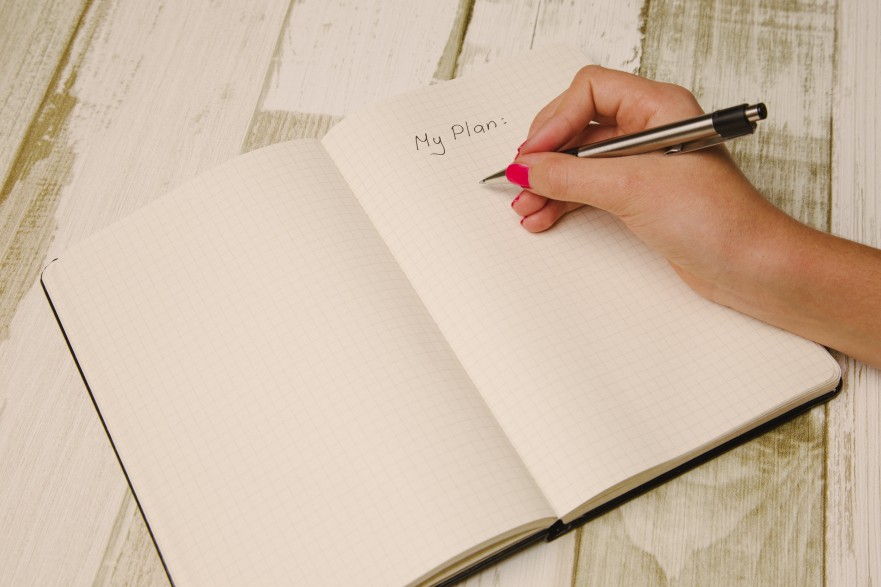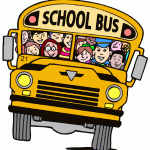I recently led a professional development where I asked my participants to think about a classroom that they considered to be the ‘exemplar’ classroom. Many smiled and shared at their tables examples of teachers and classrooms where significant learning took place. The common theme: clear, high expectations. In these ‘exemplar’ classrooms, the students knew what to do, when to do it, and how to do it.
This came from procedures and routines. For the purposes of our discussion, a procedure is defined as the steps that are necessary to complete the routine and the routine is the well-rehearsed response to a teacher directive, what we like to think of as a habit. Many of the participants could very clearly articulate the procedures in each of the routines in those exemplary classrooms.
Our conversation then turned to why the participants had chosen to attend a session all about routines and procedures. Many expressed frustration at the ‘inefficiecy’ of their classroom. Others hoped they would be able to identify areas in their classroom that could benefit from more structure. We all want a classroom that is “well-managed.” Harry Wong and Rosemary K. Wong in THE Classroom Management Book defines classroom management as “proactive, productivity-driven, has the reward of increased learning time, promotes responsibility, and produces predictable behavior.”
These teachers wanted a well-managed classroom and they knew that procedures and routines would help get them there. So began our exploration and we flipped the framing back to our classrooms, we discussed the following questions-
- What is one routine that you believe is working in your classroom?
- What are the steps in the procedure students must complete?
- How do they know those steps?
Many were able to give answers to the first two questions, but few could articulate how their students were supposed to know those steps. Many answered, “well I showed them how to do it at the beginning of the year” or “I remind them all the time to do it right” and even “they should just know how to do it, it’s part of school.”
Unfortunately, these assumptions plague our classrooms and become breeding grounds for frustration on the part of teachers and students alike. Teachers become frustrated that their students aren’t meeting expectations, students become frustrated because the teacher isn’t vocalizing those expectations. We all know the saying about what happens when we assume, but in a classroom, a disconnect regarding assumptions about expectations can be the downfall of any teacher at any level with any amount of experience.
So to break down the wall of assumptions, we began to explore the procedures and routines that were necessary for each of the participant’s classrooms. They used this worksheet to help identify routines for their students, classroom, learning, and even for themselves. I’d suggest downloading it and taking some time to articulate the following:
- What do individual students need to do to be successful in your class?
- What routines affect the entirety of the group?
- What must be done for students to complete a learning task?
- What are some routines that impact you directly?
Then, take some time to prioritize. What is the most important? What is the least important? What are you spending your instructional time correcting? What is taking over your precious prep time? And, if we’re being completely honest, what is driving you the most bonkers?
It was interesting to see how the participants prioritized their routines. For some, it was transitioning between activities. For others, it was the use of electronics in the classroom. Each of our classrooms is unique, so too must be our routines and procedures.
However, how we approach teaching these procedures, according to Harry Wong and Rosemary K. Wong in THE Classroom Management Book can be universal. They advocate for a three-step process: teach, rehearse, and reinforce.
First, students must be taught what the procedure is through explanations, modeling, and demonstrations. Students need to see what the procedure looks like and how it should sound. Make your expectations crystal clear by never assuming your students know what to do, how it should be done, and why it should be done. Don’t be afraid to role play the procedure, yes, even at the middle and high school level. Students need to see procedures in action and be coached through how to meet your expectations. Simply being told what to do doesn’t always work.
In another era, I coached middle and high school basketball. It would be silly of me as a coach to tell my players how to shoot the perfect jump shot, to talk them through how to square their shoulders up to the rim, to explain exactly what a backspin looks like without demonstrating each aspect individually then giving them feedback on how to correct their form and allowing them the time and space to get better.
This leads us to the second step, rehearsal. This is the time and space for them to practice with you explicitly watching how they are completing the steps in the procedure. In the words of the Wongs, “Perfect practice makes perfect. Sloppy practice makes slop. No practice makes nothing.” One participant raised her hand, “So when do I move on? When are they ready to move from ‘practice’ to a ‘game’?“ My response: until it becomes a habit.
These habits are formed when we give our students specific feedback in step three: reinforcement. Instead of generic platitudes like “good job, class” or “way to go, John,” we need to be specific with our feedback: “John, I really like how you walked down the center aisle without touching the desks on each side” or “I’m impressed with how quickly the class was able to put away their Chromes.” By affirming the action, you encourage appropriate behavior.
Participants chose their most important routine and wrote out specifically how they were going to teach the steps of the procedure to their students. They even included praise stems they could use to encourage that appropriate behavior. Using the provided worksheet, give it a try just for one area and go through the Wongs’ steps and see if the words ‘efficiency’ and ‘structure’ don’t make you smile again.
Wong, H. K., Wong, R. T., Jondahl, S. F., & Ferguson, O. F. (2014). The classroom management book. Mountain View, CA: Harry K. Wong Publications.










Comments 1
I completely agree with the three step process that Harry Wong outlines in his book – teach, rehearse, and reinforce. I spend a lot of time at the beginning of the year doing just that, but it is something that needs to happen year round. Not to say that you should reteach your procedures and routines every day, but that periodically it is necessary to review and practice these with your students. I always go through the three steps when we return from a break, or whenever my class seems to struggle with one procedure or routine in particular. One that comes to mind is lining up to go to lunch, recess, specials, etc. It only takes one day of my students (2nd grade) being late to recess because we had to review the lining up procedure for them to get back on track!